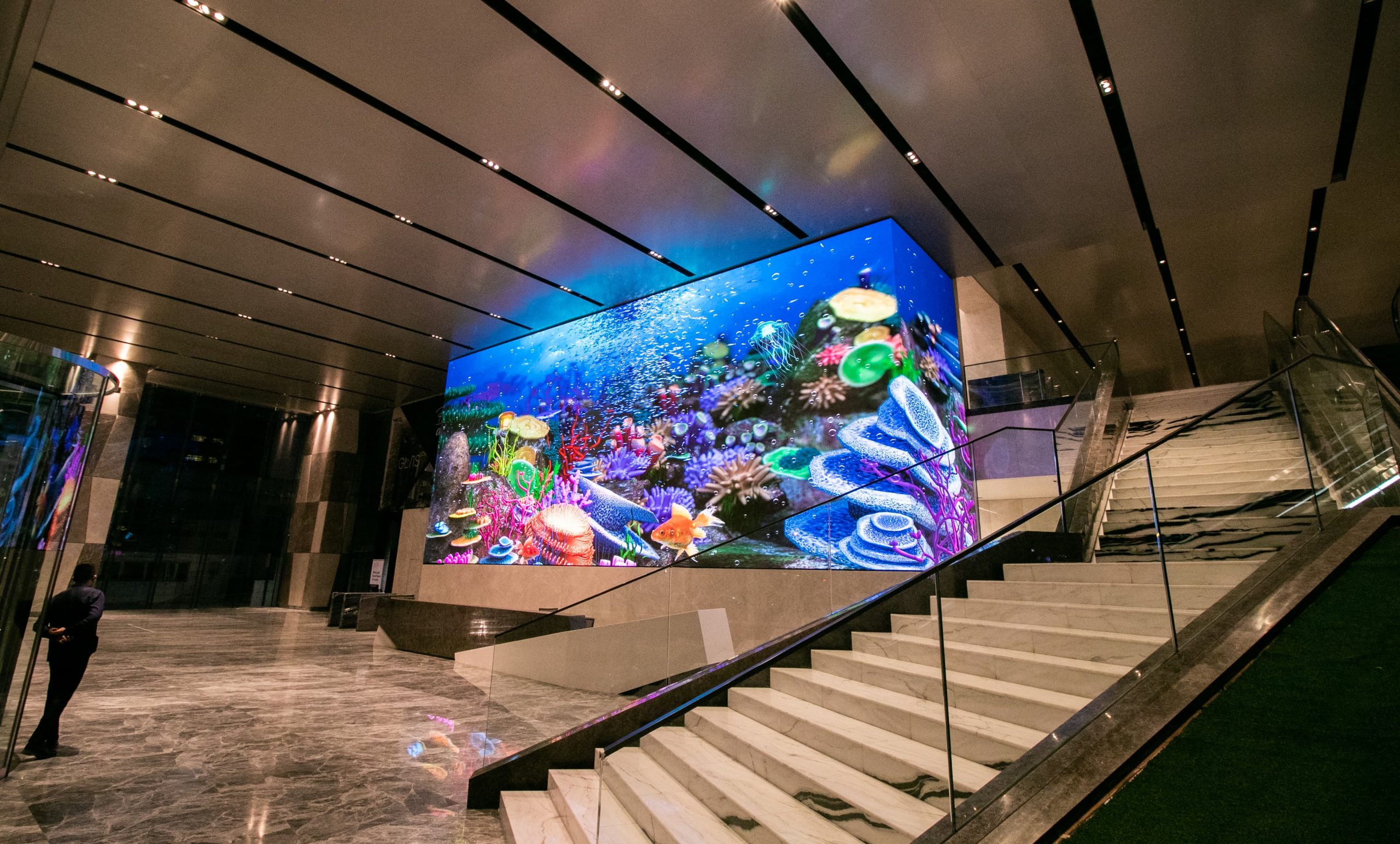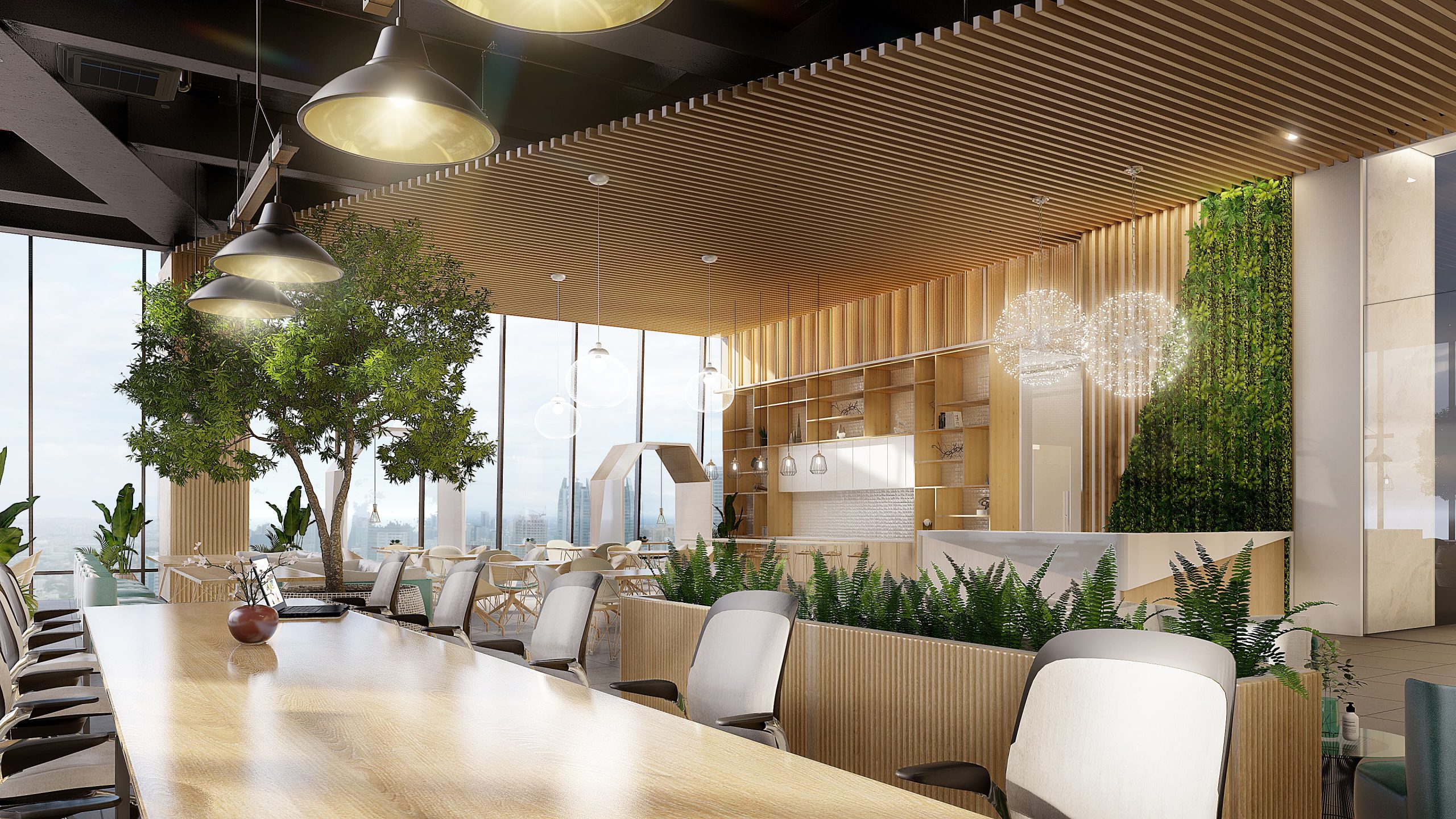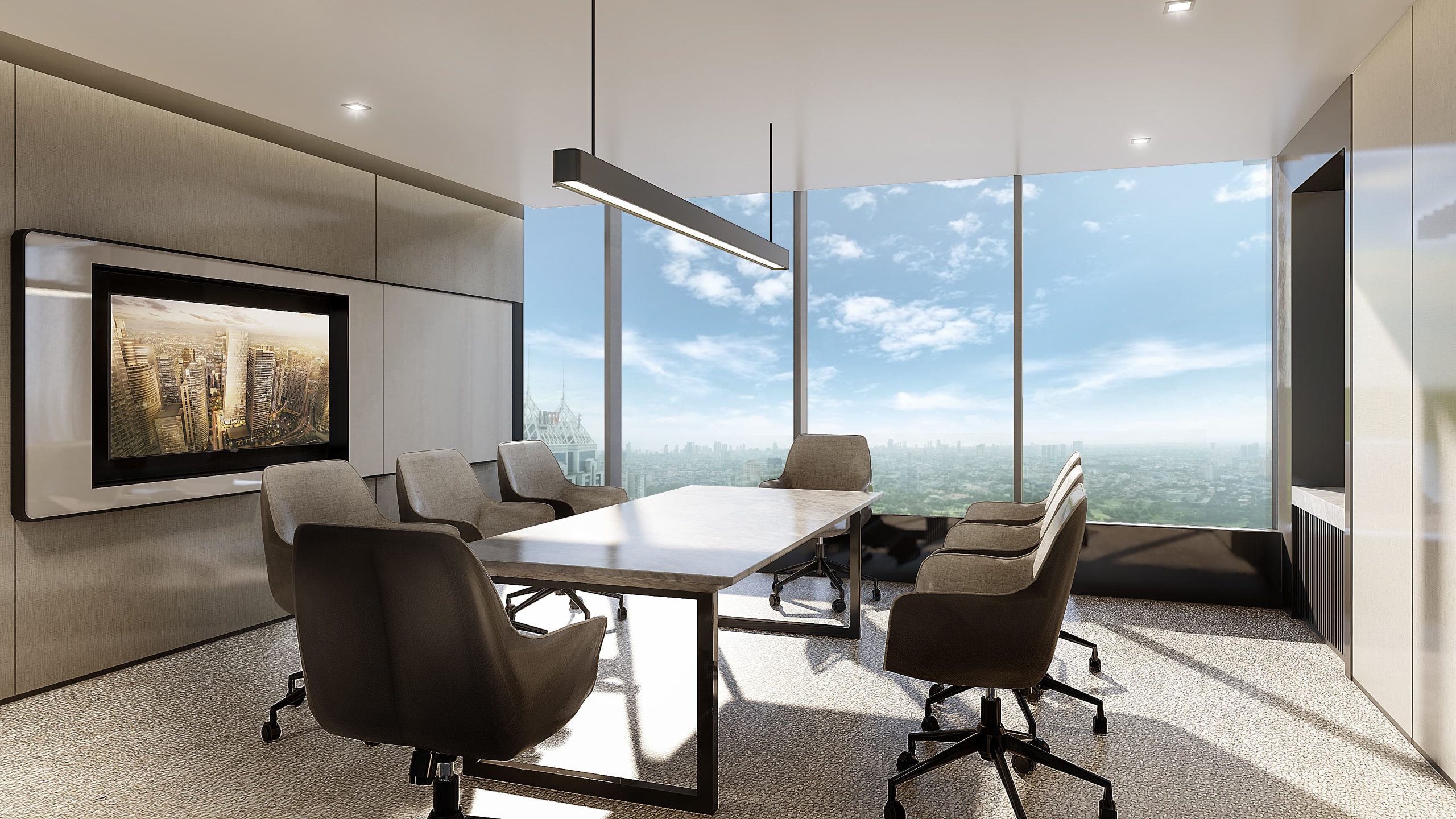
May 04, 2023
10 Vital Standards that Every Office Needs to Evolve
Offices are changing. The modern workforce has become more critical of their needs. Technology has furthered to serve countless roles in the workplace. Trends come and go, depending on the consensus of the public. Job opportunities vary on the reflection of the time and demand of the public consensus. And several industries offer choices between the hybrid or onsite setup.
Despite several norms of the office that returned, some important practices for the workplace either become inapplicable or are updated. For instance, people see a newfound purpose for physical workplaces. Given the shift of productivity habits, offices are now seen as facilities for in-person collaboration, administrative tasks and company resources.
Now is the pertinent time to adopt for next chapter of offices, where every aspect is critical to public perception. The evolution of the workplace rests on one important factor: innovating office experience. Here are ten vital strategies that support the experience of evolving workplaces:
Be Intentional on Office Design
Offices have the same common denominators: desks, computers, furniture, lighting, cubicles, supplies and repositories. But clever office design improves from the customs of office necessities and directly accounts the needs of workers. Such design will depend on the functions of the company or the factors that lead to work productivity.
Most employees may choose a more open space for their work, while others prefer a more private setup. Flexible lighting can affect the performance. Either way, strategic office design requires more than one opinion onboard.
It Starts with Social Engagement
An office’s social environment is as important as its workplace arrangements. While they are the products of an encouraging working environment, social engagements are also the basis for the character and design of a workplace.
Many companies see the value of the engagements and relationships between workers. Thus, from the ground up, businesses set up a vision and precedent that will best define their workforce Modern-day layouts provide less partition between personal workstations and collaborative spaces, making it amenable for both hybrid and onsite work.

Sustainability Addresses Companies’ Environmental Impact
It is commonplace for companies to factor in environmentalism to their ethical identity. However, it is a different area to integrate environmental practices inside the office. Sustainability is the practice of promoting procedures to address energy conservation, personal wellbeing, public health, employee safety and roles of businesses in the environment.
Companies that invest on green and smart offices contribute to an efficient working environment and tends to the needs of the natural environment. And with consistent promotion, offices will be sustained for a long duration.
Biophilic Design Improves Mental Health
Green-based design is not only a cost-efficient measure, nor an aesthetic upgrade; it is a health-saving strategy. Bringing Mother Nature to the office floors offers a level of concession that reduces stress, pressure and health deficiencies. It truly addresses workers’ needs of health and wellbeing.
Sustainable amenities like pocket gardens, indoor plants and common areas add variety to the workplace. But technical adjustments like heat-reduced ventilation, fluorescent lights and rainwater recycling contribute to the biopihlic environment inside the office and helps reduction of energy resources.

Open Floor Plans Boost Productivity
The success of a company varies on how every facet is used effectively. Likewise, every space utilized is crucial to the performance of its employees. While the traditional office layout will remain as a cost-efficient option for offices, arrangements like open floor plans eliminate cubicles and connect desks to encourage collaboration and interaction between employees.
By definition, open floor plans give importance to open spaces and lessen separations between areas. Thus, to encourage seamless communication, kinetic movement and ambient lighting, open-floor plans are great options.

Data Reflects the Workplace Value
With the advancement of technology, data is seen as one of the most valuable properties that a company can hold. Protection over client and employee data elevates a company’s value. They are reflected on the implementation of internal systems, tightened security and seamless telecommunications, and how further their performance goes.
Employee data collection is also measure of the effectiveness of office technologies. If productivity is tracked, and employee communication remains strong, it will set a strong impression of a vibrant workplace that optimizes your performance.
Require Private Areas for Productivity
While open areas for collaborations have their strong merits, not every worker has that idea. Their productivity habits vary. While some prefer a more open working environment, others prefer an enclosed workspace to block out distractions and place focus on their tasks. Options like impenetrable rooms or sound-absorbing tiles prove to be helpful for employees.
For companies that depend on collaborative work, any office setup will depend on convenience for employees. Thus, private areas should be seen as an available choice for employees to choose.

Workplace Ideas Outweigh Their Technology
The continuously-evolving technology has made the modern-day workforce more flexible. However, these improvements lead back to the effort of fresh ideas, strong efforts and ingenious backgrounds of desk-bound workers. It is a mutual exchange, wherein technology provides the means of productivity, and the workforce uses that technology to improve productivity that exceeds its established norms.
Thus, an office that tends to the needs of a demanding workforce places more investment on the most crucial element of a company’s success. Tech is both teacher and student.
Ride Along with Technological Advancements
The evolution of office design moves simultaneously with the advancement of technology. Every workplace design adapts to the latest changes in the field. And it reflects on the tools and equipment that the workforce applies. From there, some innovations prove to be the major drivers of the evolution of office design.
It is amazing how communications evolved from landline phones to messaging applications as a testament of faster, sharper productivity that prioritizes quick results and seamless communication. And the direction is to be razor-sharp alongside.
Promote Value to Your People
The stages of office evolution are also a reflection of the values that companies uphold. With cultural sensitivity changing every minute, the business that is able to advocate its value system will be a huge draw for the current workforce.
The motion is for organizations to enforce a working environment where its people will feel valued and belonged. And any developments within have also their stamp of approval on it. With office design and technologies advancing, the people and their values serve an important role.
About GLAS
GLAS is an all-glass tower and premier office address, located in Ortigas, Pasig City. Bringing world-class design and green technologies, this state-of-the-art, 188-meter edifice features 102,000 square meters of Grade A office spaces and retail areas within its 42-story, 3-basement structure. Its innovative features that exceeds typical office building standards makes this is a PEZA-registered location. And setting benchmarks in green architecture marks it as a LEED-certified Platinum office tower.
GLAS is designed and built by internationally acclaimed firm, ASYA Design. For leasing inquiries, you may contact Espace Leasing and Marketing at (02) 8801 6888 or email us at inquiry@espace.ph.
